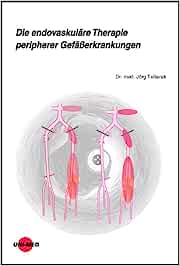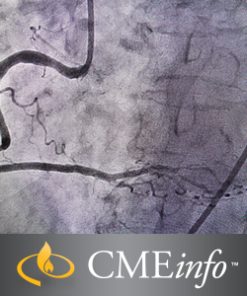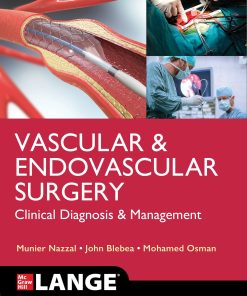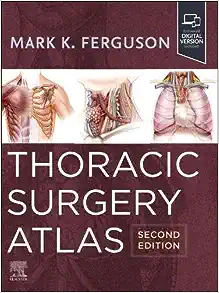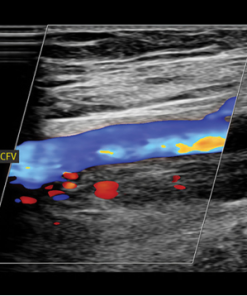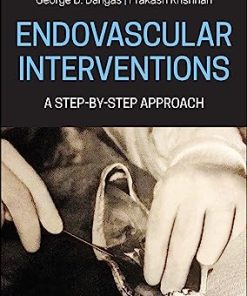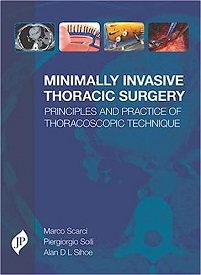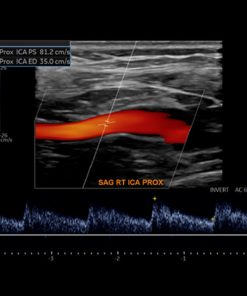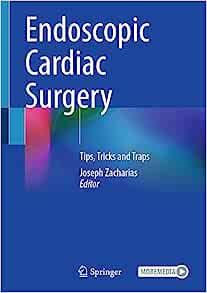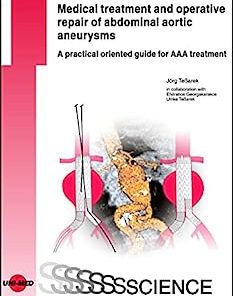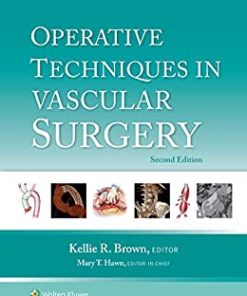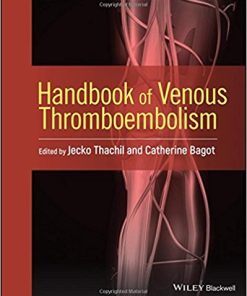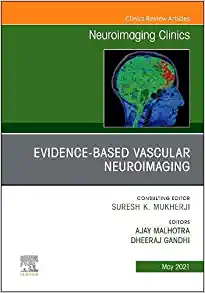Understanding the Benefits of Vascular Surgery: What You Need to Know
Vascular Surgery: Get the Best Care Now
Are you looking for the best vascular surgery care? Look no further! At SurgeryBook.net, we provide the highest quality of vascular surgery services available. Our team of experienced surgeons and medical professionals are dedicated to providing the best possible care for our patients. We understand that vascular surgery can be a complex and delicate procedure, so we strive to make sure that each patient receives the best possible outcome. Our team is committed to providing the most up-to-date treatments and technologies to ensure that our patients receive the best care possible. We also offer personalized care plans tailored to each individual’s needs. Our goal is to provide the best possible experience for our patients, from the initial consultation to post-operative care. If you or someone you know is in need of vascular surgery, don’t hesitate to contact us at SurgeryBook.net. Our team of experts is here to help you get the best care possible.
VASCULAR SURGERY
VASCULAR SURGERY
Atlas of Thoracoscopic Anatomical Pulmonary Subsegmentectomy
VASCULAR SURGERY
VASCULAR SURGERY
VASCULAR SURGERY
VASCULAR SURGERY
VASCULAR SURGERY
2022 SVM Online Board Review Course (Society for Vascular Medicine)
VASCULAR SURGERY
VASCULAR SURGERY
VASCULAR SURGERY
Clinical Approach to Vascular Ultrasound and RPVI Prep Course 2023
VASCULAR SURGERY
VASCULAR SURGERY
VASCULAR SURGERY
VASCULAR SURGERY
VASCULAR SURGERY
VASCULAR SURGERY
VASCULAR SURGERY
Introduction
Vascular surgery is a specialized field of medicine that focuses on the diagnosis and treatment of diseases affecting the blood vessels. It can be used to treat a variety of conditions, including aneurysms, peripheral artery disease, and varicose veins. Understanding the benefits of vascular surgery can help you make informed decisions about your health care. In this article, we'll discuss what vascular surgery is, the potential risks and benefits, and what you need to know before undergoing a procedure.
Overview of Vascular Surgery: Types, Benefits, and Risks
Vascular surgery is a specialized field of medicine that focuses on the diagnosis and treatment of diseases of the vascular system, which includes the arteries, veins, and lymphatic vessels. Vascular surgeons are trained to diagnose and treat conditions such as peripheral artery disease, aneurysms, deep vein thrombosis, varicose veins, and other disorders of the circulatory system.
The types of vascular surgery vary depending on the condition being treated. Common procedures include angioplasty, stenting, bypass surgery, endarterectomy, and thrombolysis. Angioplasty is a procedure used to open blocked or narrowed arteries. Stenting is a procedure used to place a small tube in the artery to keep it open. Bypass surgery is used to create a new route for blood flow around a blocked artery. Endarterectomy is a procedure used to remove plaque from the walls of an artery. Thrombolysis is a procedure used to dissolve a blood clot.
The benefits of vascular surgery can be significant. It can improve circulation, reduce pain, and improve quality of life. It can also help prevent serious complications such as stroke, heart attack, and amputation.
As with any medical procedure, there are risks associated with vascular surgery. These include infection, bleeding, blood clots, and damage to the surrounding tissue. In some cases, the procedure may not be successful and further treatment may be necessary.
Overall, vascular surgery can be a beneficial and effective treatment option for many conditions. It is important to discuss the potential risks and benefits with your doctor before undergoing any type of vascular surgery.
Diagnosing Vascular Disease: Symptoms and Tests
Diagnosing vascular disease is an important step in managing the condition and preventing further complications. Vascular disease is a broad term that encompasses a variety of conditions that affect the circulatory system, including atherosclerosis, peripheral artery disease, and deep vein thrombosis. Symptoms of vascular disease can vary depending on the type and severity of the condition, but may include pain, numbness, swelling, and changes in skin color.
The first step in diagnosing vascular disease is to take a thorough medical history and perform a physical exam. During the physical exam, your doctor will check your pulse, blood pressure, and look for signs of poor circulation, such as discoloration or swelling in the extremities. Your doctor may also order imaging tests, such as an ultrasound or CT scan, to get a better look at the affected area.
In addition to imaging tests, your doctor may also order laboratory tests to measure levels of cholesterol, triglycerides, and other markers of cardiovascular health. These tests can help identify any underlying conditions that may be contributing to the vascular disease.
Your doctor may also recommend a stress test or exercise electrocardiogram (ECG) to assess how well your heart is functioning. During a stress test, you will be asked to walk on a treadmill while your heart rate and blood pressure are monitored. An ECG measures the electrical activity of your heart and can detect any abnormalities.
Finally, your doctor may recommend a vascular procedure, such as angiography or arteriography, to get a better look at the affected area. During these procedures, a special dye is injected into the arteries so that they can be seen more clearly on an X-ray.
By taking a thorough medical history, performing a physical exam, and ordering imaging and laboratory tests, your doctor can accurately diagnose vascular disease and develop a treatment plan to manage the condition. Early diagnosis and treatment can help prevent further complications and improve your quality of life.
Preparing for Vascular Surgery: What to Expect
Preparing for vascular surgery can be a daunting experience, but it is important to understand what to expect before, during, and after the procedure. Knowing what to expect can help you feel more comfortable and prepared for the surgery.
Before the Surgery
Prior to your vascular surgery, you will need to meet with your doctor to discuss the details of the procedure. During this appointment, your doctor will review your medical history and any medications you are taking. You may also need to have certain tests done, such as an ultrasound or CT scan, to assess the condition of your blood vessels. Your doctor will also explain the risks and benefits of the procedure and answer any questions you may have.
You will also need to make sure that you are in good physical condition before the surgery. This means eating a healthy diet, exercising regularly, and avoiding smoking and alcohol. It is also important to follow any instructions given by your doctor regarding medications, supplements, and other treatments.
During the Surgery
On the day of your surgery, you will need to arrive at the hospital early. You will likely be asked to change into a hospital gown and remove any jewelry or other items that could interfere with the procedure. You may also be given medication to help you relax.
The actual procedure will depend on the type of vascular surgery being performed. Generally, the surgeon will make an incision in the affected area and then use specialized tools to repair or replace the damaged blood vessels. The procedure may take several hours, depending on the complexity of the surgery.
After the Surgery
Once the surgery is complete, you will be taken to a recovery room where you will be monitored until you are stable enough to be discharged. You may need to stay in the hospital for a few days to ensure that your body is healing properly.
Your doctor will provide you with detailed instructions on how to care for yourself after the surgery. This may include taking medications, avoiding strenuous activities, and following a special diet. You may also need to attend regular follow-up appointments to monitor your progress.
Preparing for vascular surgery can be a stressful experience, but understanding what to expect can help you feel more confident and prepared. Make sure to follow all of your doctor’s instructions and ask any questions you may have. With proper preparation and care, you can ensure a successful outcome.
Recovery After Vascular Surgery: Tips for a Smooth Healing Process
Recovery after vascular surgery can be a long and difficult process, but with the right care and attention, it is possible to make a full recovery. Vascular surgery is a type of surgery that repairs or replaces damaged blood vessels in the body. It is often used to treat conditions such as aneurysms, blockages, and other vascular diseases.
The first step in recovering from vascular surgery is to follow your doctor’s instructions. This includes taking any medications prescribed, following a healthy diet, and getting plenty of rest. Your doctor may also recommend physical therapy to help you regain strength and mobility.
It is important to keep the surgical site clean and dry. You should avoid activities that could cause irritation or infection, such as swimming or soaking in a hot tub. You should also avoid strenuous activities, such as lifting heavy objects or running, until your doctor gives you the okay.
You may experience some pain and discomfort during the recovery period. Your doctor may prescribe pain medication to help manage this. It is important to take the medication as directed and not to exceed the recommended dosage.
It is also important to watch for signs of infection. These include redness, swelling, warmth, and drainage at the surgical site. If you notice any of these symptoms, contact your doctor immediately.
Your doctor will likely recommend regular follow-up visits to monitor your progress. During these visits, your doctor will check your wound, assess your healing, and adjust your treatment plan if necessary.
Finally, it is important to stay positive and patient throughout the recovery process. It can take several weeks or months for the body to fully heal after vascular surgery. With proper care and attention, however, you can make a full recovery and get back to living your life.
Long-Term Benefits of Vascular Surgery: Improved Quality of Life
Vascular surgery is a type of medical procedure that can help improve the quality of life for those suffering from vascular diseases. Vascular diseases are conditions that affect the circulatory system, such as peripheral artery disease (PAD), aneurysms, and deep vein thrombosis (DVT). Vascular surgery can help to restore blood flow to affected areas, reduce pain, and improve overall health.
The long-term benefits of vascular surgery can be significant. Improved quality of life is one of the most important benefits of this type of surgery. Patients who have undergone vascular surgery often report improved mobility, increased energy levels, and better overall health. This can lead to improved physical activity, which can help to reduce the risk of further complications from vascular diseases.
In addition to improved quality of life, vascular surgery can also help to reduce the risk of stroke and heart attack. By restoring proper blood flow to the affected area, the risk of clotting and blockages is reduced. This can help to reduce the risk of stroke and heart attack, both of which can be life-threatening.
Finally, vascular surgery can help to reduce the risk of amputation. In some cases, vascular diseases can cause severe damage to the limbs, leading to the need for amputation. However, with proper treatment, including vascular surgery, the risk of amputation can be greatly reduced.
Overall, vascular surgery can provide many long-term benefits, including improved quality of life. By restoring proper blood flow to the affected area, reducing the risk of stroke and heart attack, and reducing the risk of amputation, vascular surgery can help to improve the lives of those suffering from vascular diseases.
Conclusion
Vascular surgery is a complex and specialized field of medicine that can provide many benefits to those suffering from vascular diseases. It can help improve circulation, reduce pain, and even save lives. By understanding the risks and benefits associated with vascular surgery, patients can make an informed decision about their treatment options. With the help of a qualified vascular surgeon, patients can be sure they are receiving the best care possible.


